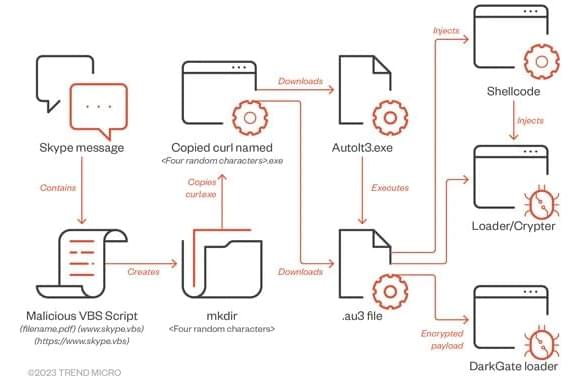NIH-supported research finds key differences between children & adults with COVID-19.
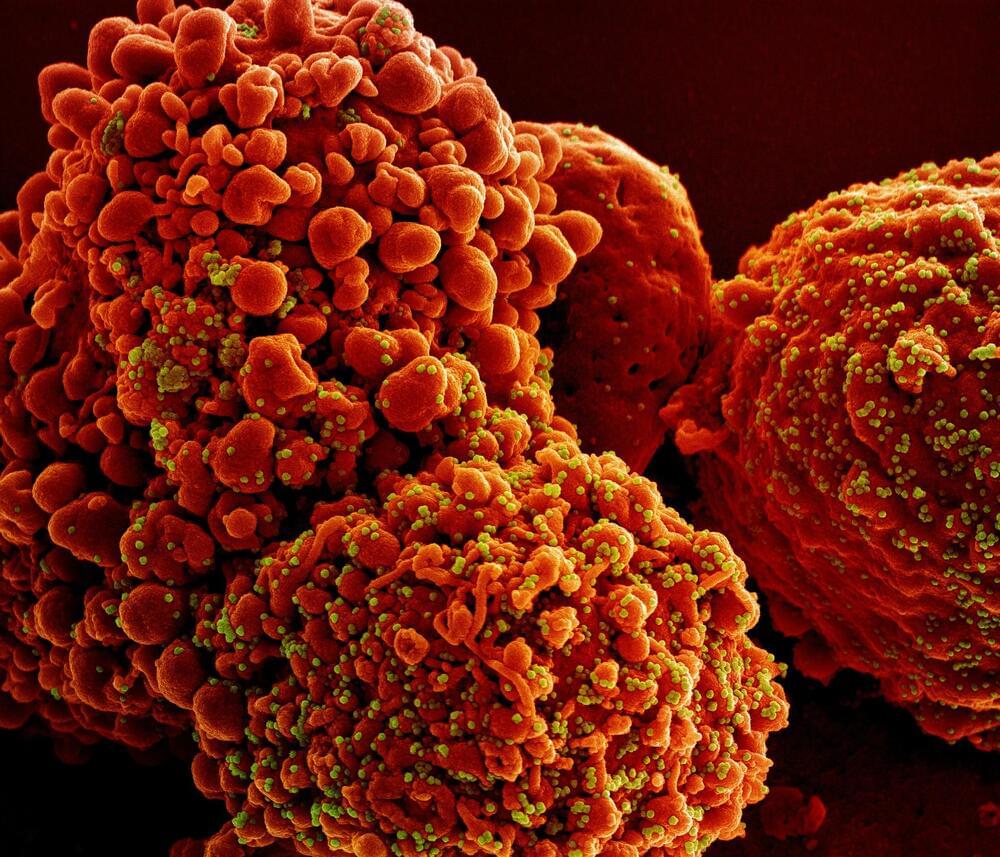

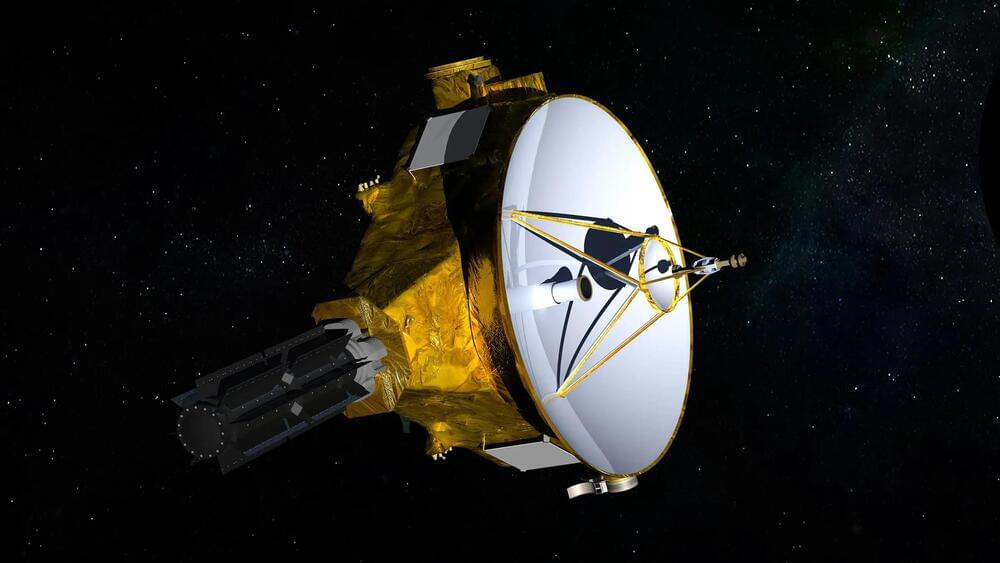
New Horizons’ mission of exploration of the outer solar system will continue, according to a recently announced updated plan from NASA.
Beginning in fiscal year 2025, New Horizons will focus on gathering unique heliophysics data, which can be readily obtained during an extended, low-activity mode of operations.
While the science community is not currently aware of any reachable Kuiper Belt.
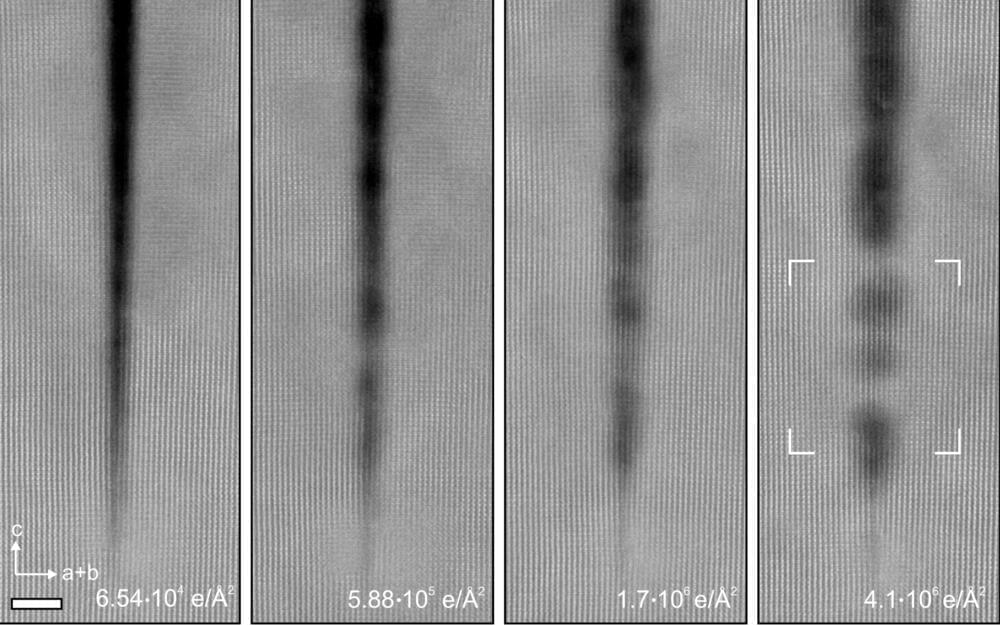
In a surprising new study, researchers at the University of Minnesota Twin Cities have found that the electron beam radiation that they previously thought degraded crystals can actually repair cracks in these nanostructures.
The groundbreaking discovery provides a new pathway to create more perfect crystal nanostructures, a process that is critical to improving the efficiency and cost-effectiveness of materials that are used in virtually all electronic devices we use every day.
“For a long time, researchers studying nanostructures were thinking that when we put the crystals under electron beam radiation to study them that they would degrade,” said Andre Mkhoyan, a University of Minnesota chemical engineering and materials science professor and lead researcher in the study. “What we showed in this study is that when we took a crystal of titanium dioxide and irradiate it with an electron beam, the naturally occurring narrow cracks actually filled in and healed themselves.”
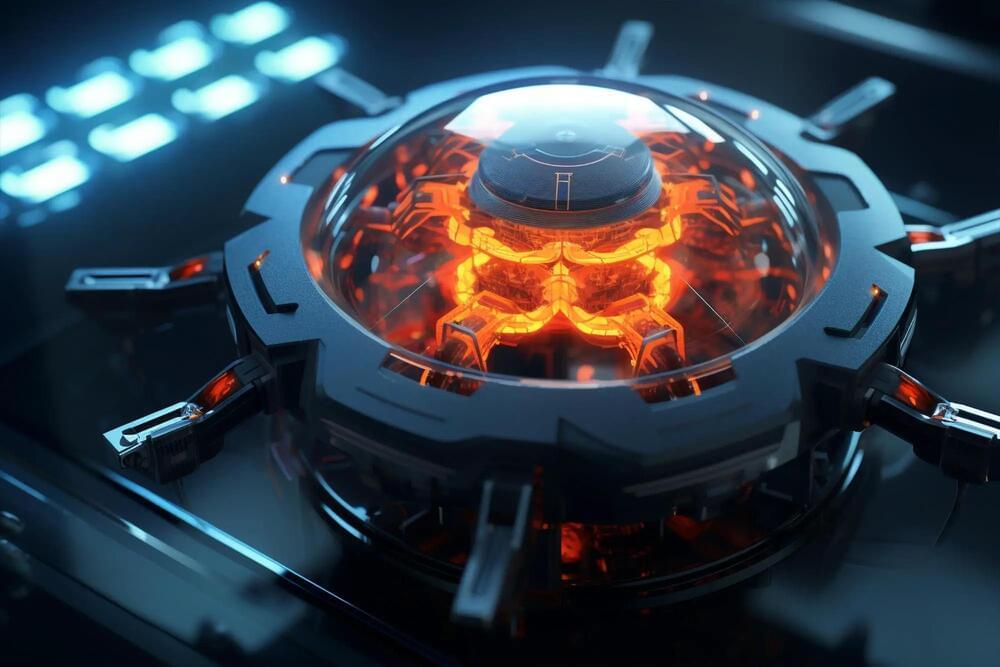
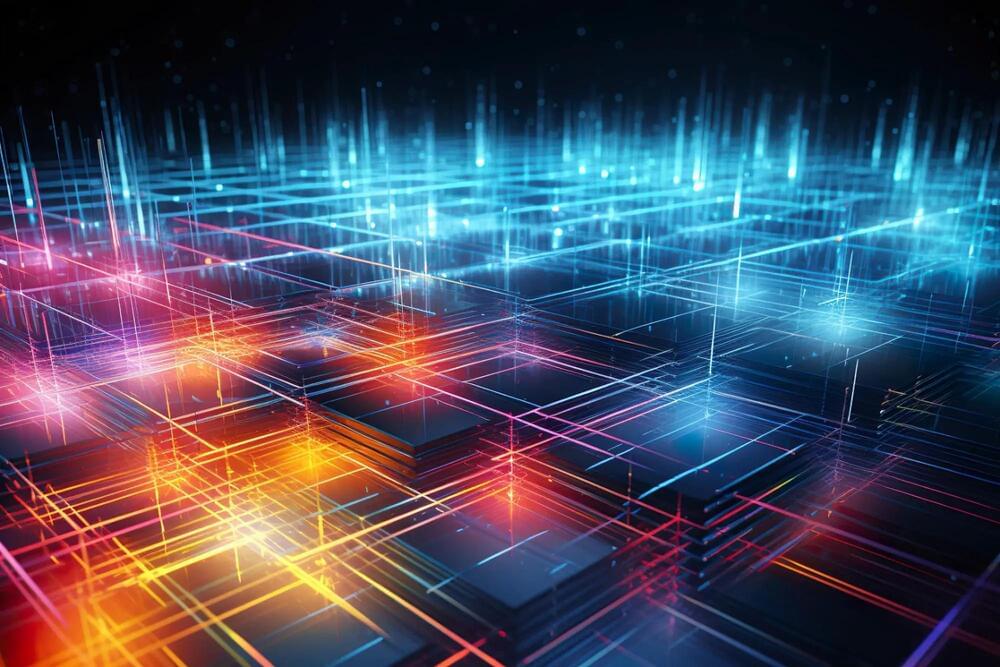
“The surprising thing we found is that in a particular kind of crystal lattice, where electrons become stuck, the strongly coupled behavior of electrons in d atomic orbitals actually act like the f orbital systems of some heavy fermions,” said Qimiao Si, co-author of a study about the research in Science Advances
<em> Science Advances </em> is a peer-reviewed, open-access scientific journal that is published by the American Association for the Advancement of Science (AAAS). It was launched in 2015 and covers a wide range of topics in the natural sciences, including biology, chemistry, earth and environmental sciences, materials science, and physics.
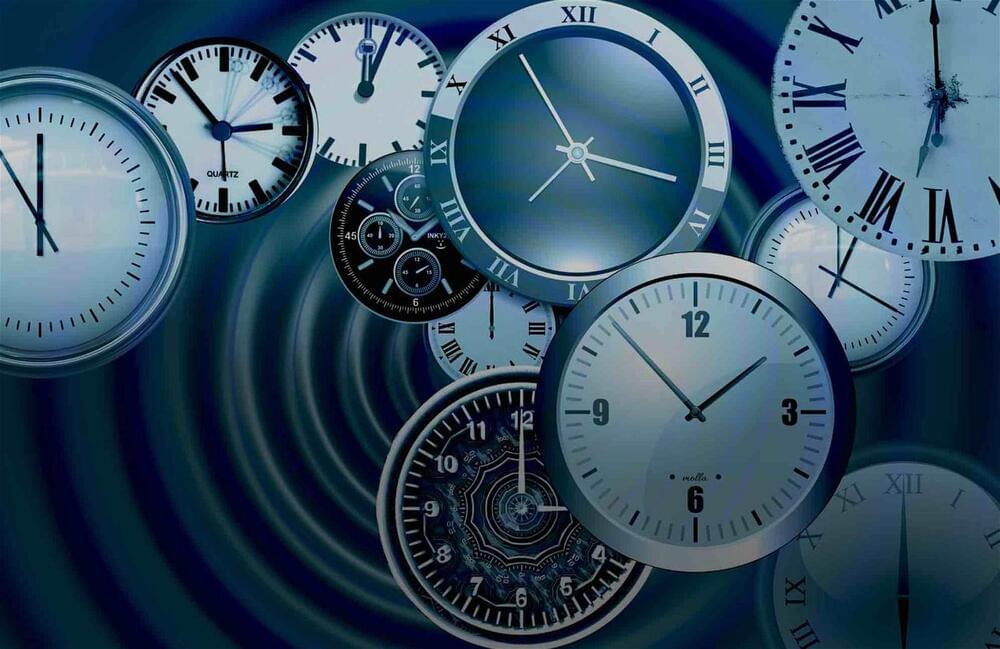
Oh boy. What could go wrong?
Scientists trying to take advantage of the unusual properties of the quantum realm say they have successfully simulated a method of backward time travel that allowed them to change an event after the fact one out of four times. The Cambridge University team is quick to caution that they have built a time machine, per se, but also note how their process doesn’t violate physics while changing past events after they have happened.
“Imagine that you want to send a gift to someone: you need to send it on day one to make sure it arrives on day three,” explained lead author David Arvidsson-Shukur from the Cambridge Hitachi Laboratory. “However, you only receive that person’s wish list on day two.”
To respect the gift recipient’s timeline, you would need to send it on day one. But, as Arvidsson-Shukur notes, you won’t know what gift to send until later, meaning your gift will either be late or be wrong.
Get a Wonderful Person Tee: https://teespring.com/stores/whatdamath.
More cool designs are on Amazon: https://amzn.to/3wDGy2i.
Alternatively, PayPal donations can be sent here: http://paypal.me/whatdamath.
Hello and welcome! My name is Anton and in this video, we will talk about an invention of a DNA bio computer.
Links:
https://www.nature.com/articles/s41586-023-06484-9
https://www.washington.edu/news/2016/04/07/uw-team-stores-di…perfectly/
Other videos:
https://youtu.be/x3jiY8rZAZs.
https://youtu.be/JGWbVENukKc.
#dna #biocomputer #genetics.
0:00 Quantum computer hype.
0:50 Biocomputers?
1:55 Original DNA computers from decades ago.
3:10 Problems with this idea.
3:50 New advances.
5:35 First breakthrough — DNA circuit.
7:30 Huge potential…maybe.
Support this channel on Patreon to help me make this a full time job:
https://www.patreon.com/whatdamath.
Bitcoin/Ethereum to spare? Donate them here to help this channel grow!
bc1qnkl3nk0zt7w0xzrgur9pnkcduj7a3xxllcn7d4
or ETH: 0x60f088B10b03115405d313f964BeA93eF0Bd3DbF
Space Engine is available for free here: http://spaceengine.org.
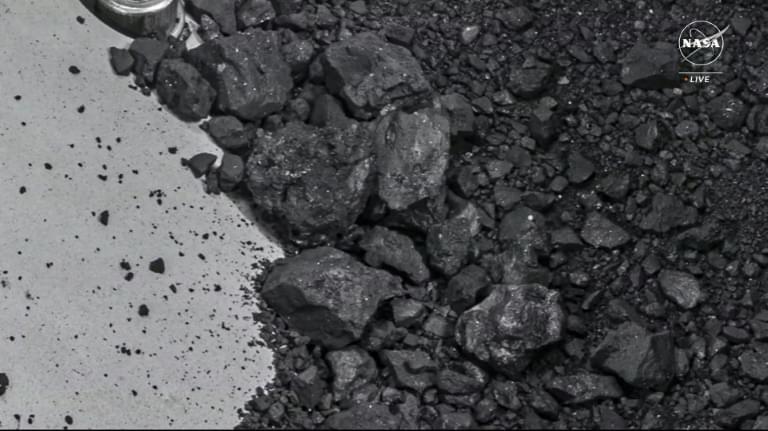
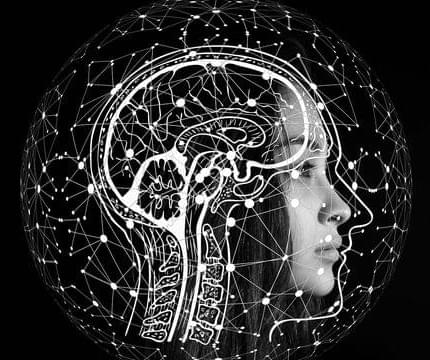
While it is well known that certain brain regions play a crucial role in memory processes, so far it has not been clear whether these regions exhibit different activities when it comes to storing information in people with better or worse memory performance.
Having investigated this matter, a research team led by Professor Dominique de Quervain and Professor Andreas Papassotiropoulos has now published its results in the journal Nature Communications.
In the world’s largest functional imaging study on memory, they asked nearly 1,500 participants between the ages of 18 and 35 to look at and memorize a total of 72 images. During this process, the researchers recorded the subjects’ brain activity using MRI. The participants were then asked to recall as many of the images as possible – and as in the general population, there were considerable differences in memory performance among them.
